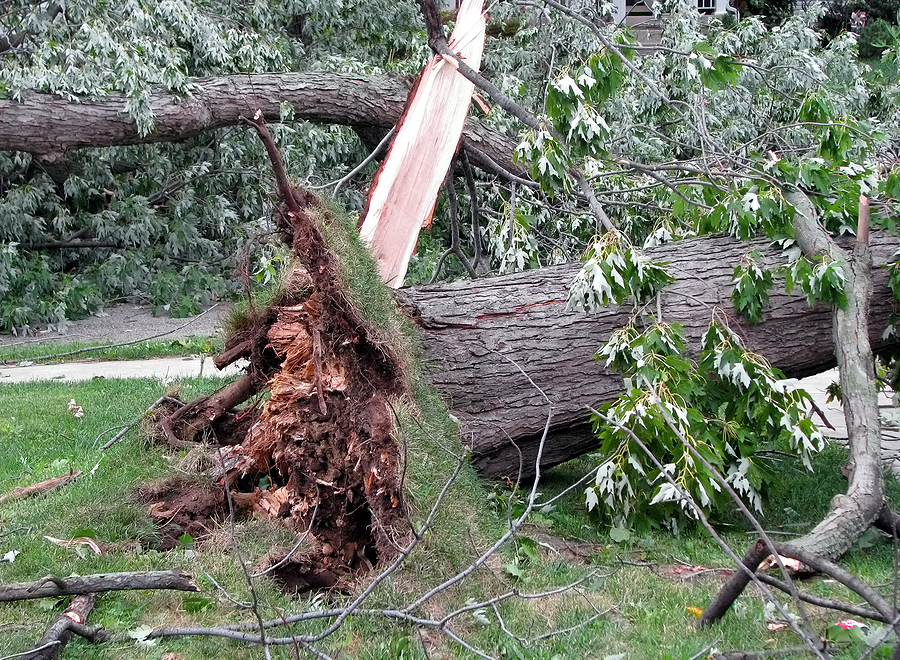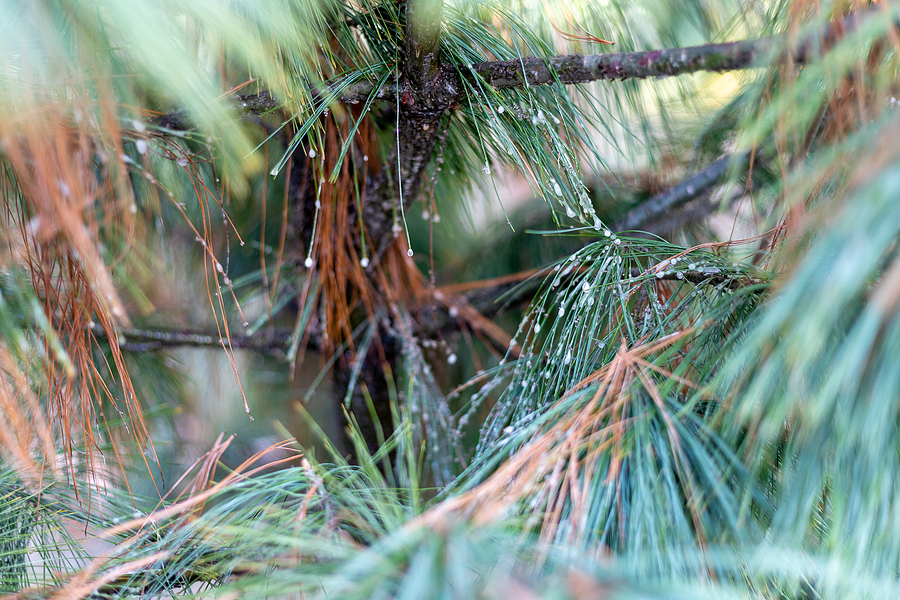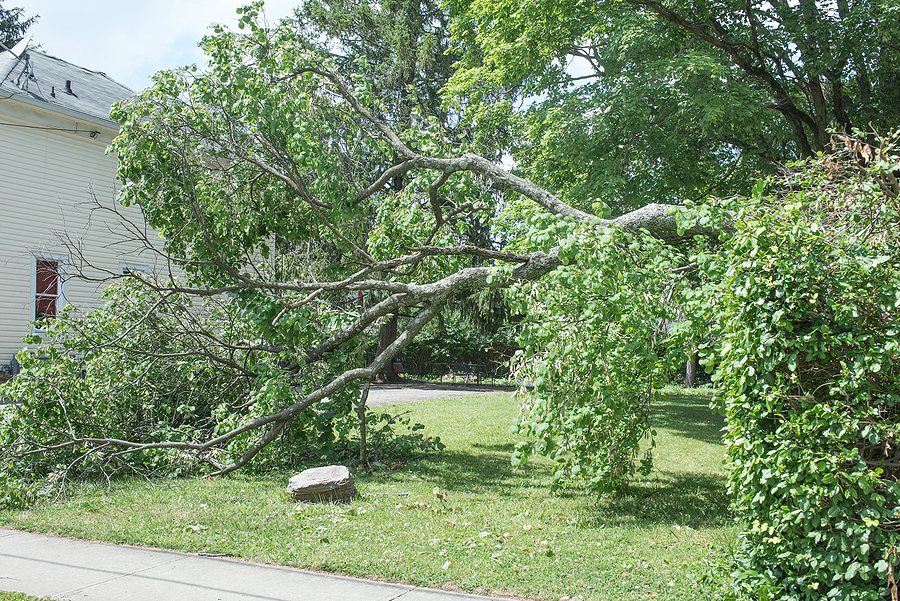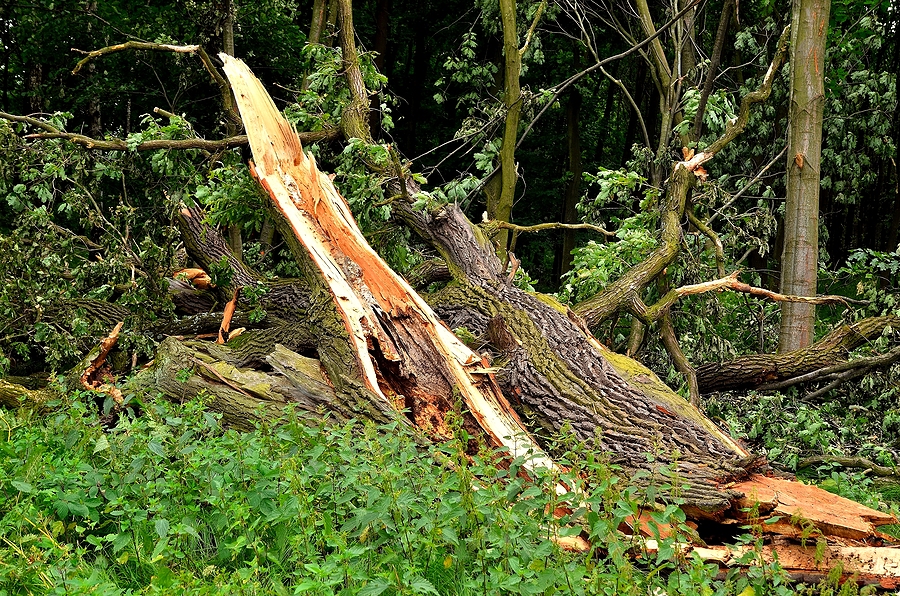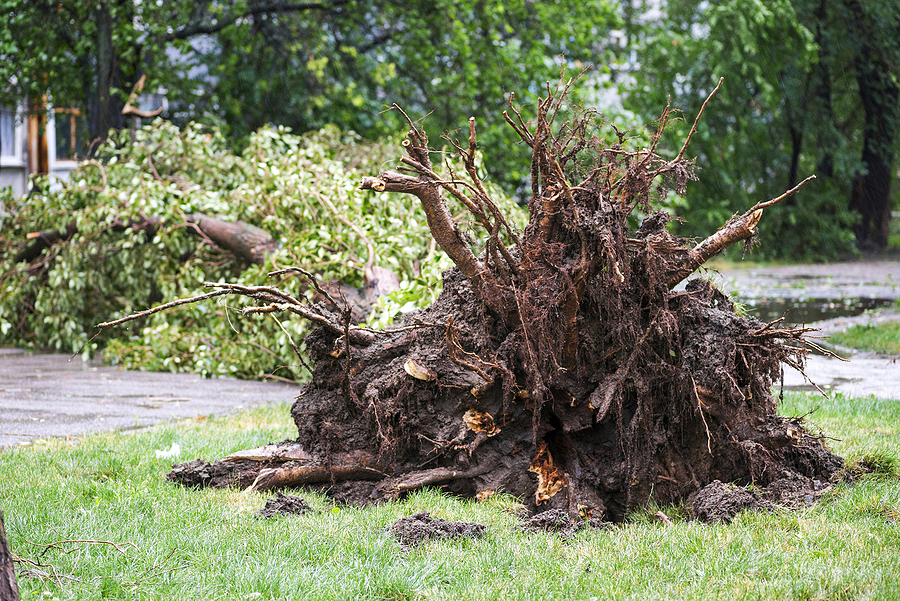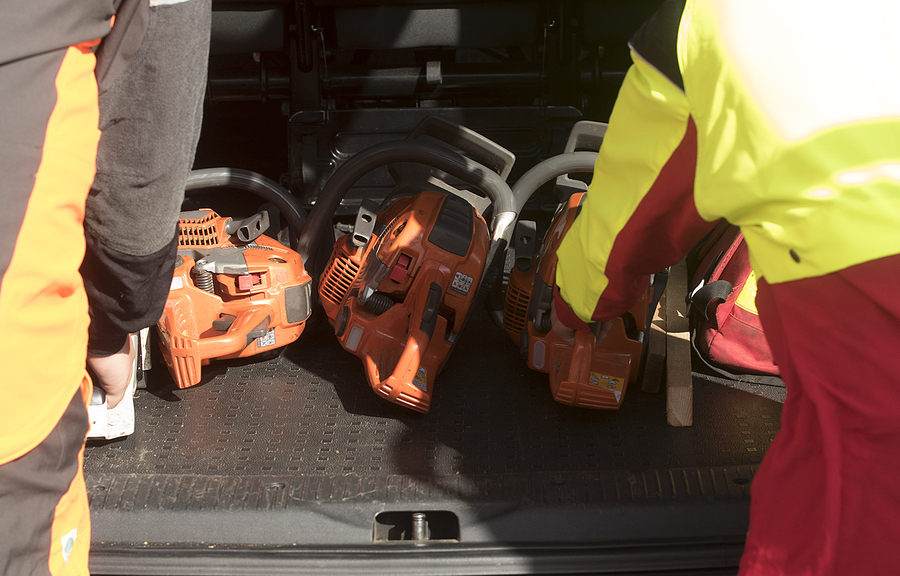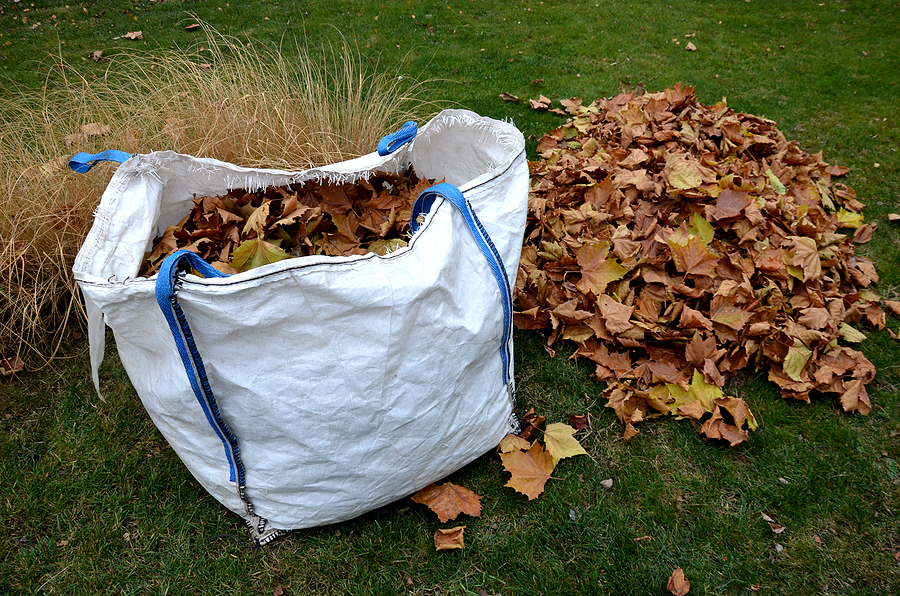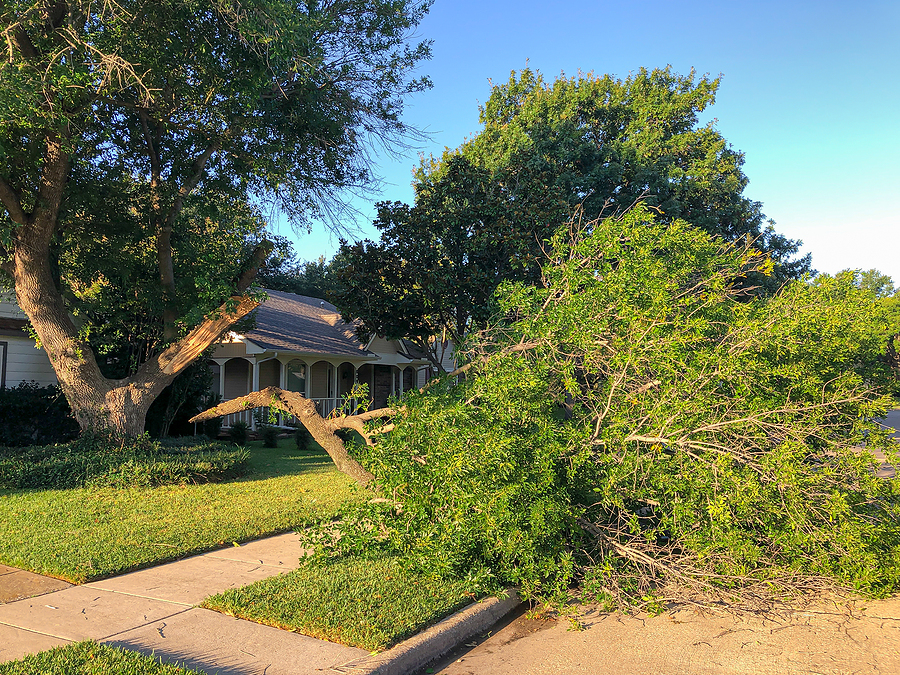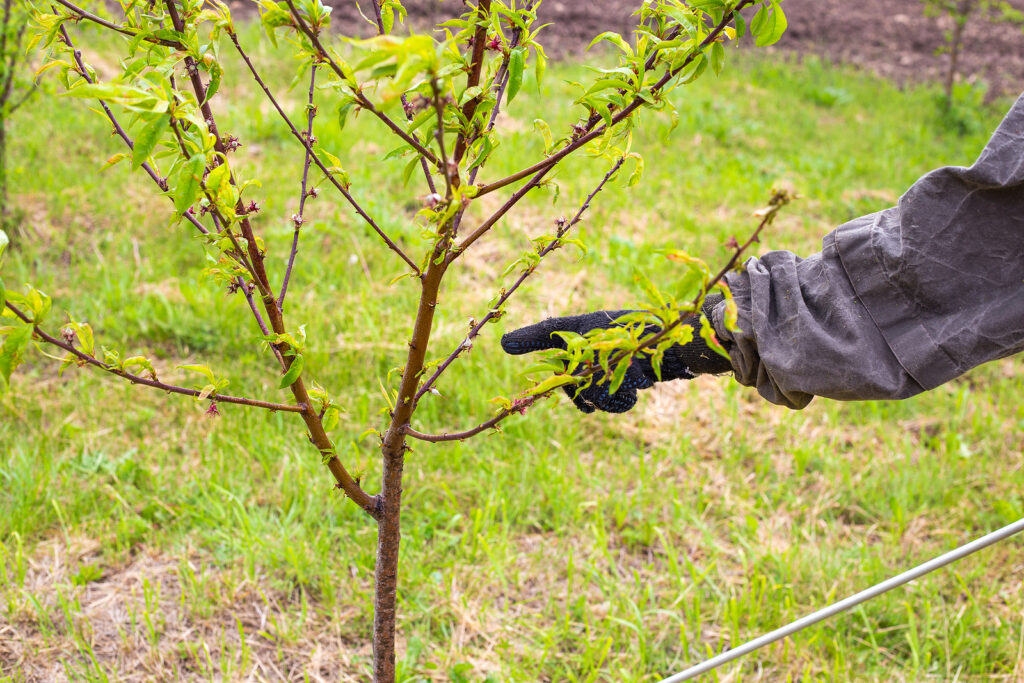Soil erosion is a natural process where the top layer of soil is worn away due to factors such as wind, water, and human activity. While it may seem like an inevitable aspect of nature, soil erosion has significant implications for tree health, particularly in home gardens and landscapes. For gardeners, homeowners, and tree lovers, understanding and managing soil erosion is crucial to maintaining vibrant and healthy trees.
This blog post will delve into the causes and effects of soil erosion on trees, how to identify early signs of erosion damage, and practical tips for preventing and managing soil erosion in your garden.

The Causes and Effects of Soil Erosion on Trees
Causes of Soil Erosion
Soil erosion can be caused by various factors, including:
- Water Runoff: Heavy rainfall or irrigation practices can cause water to flow over the soil surface, washing away the topsoil.
- Wind: In areas with little vegetation cover, strong winds can lift and carry away loose soil particles.
- Human Activity: Construction, deforestation, and improper land use can disturb the soil structure and increase erosion rates.
- Slope and Topography: Steep slopes and uneven terrain can accelerate the movement of soil downhill.
Effects of Soil Erosion on Tree Health
The impact of soil erosion on trees can be profound, leading to several adverse effects:
- Root Exposure and Damage: Erosion can strip away the soil that protects tree roots, making them vulnerable to damage and disease.
- Nutrient Loss: The removal of topsoil, which is rich in organic matter and nutrients, can deprive trees of essential nutrients needed for growth.
- Water Stress: Eroded soil has reduced water-holding capacity, leading to water stress and affecting the tree’s ability to absorb sufficient moisture.
- Soil Compaction: Erosion can lead to soil compaction, restricting root growth and reducing aeration.
- Stability Issues: The loss of supporting soil can compromise the structural stability of trees, increasing the risk of uprooting during storms.
Identifying Early Signs of Erosion Damage in Trees
Detecting soil erosion and its impact on tree health early on is essential for timely intervention. Look out for the following signs:
- Exposed Roots: Visible tree roots above the soil surface indicate soil loss around the base of the tree.
- Uneven Ground Levels: Noticeable changes in ground levels or the formation of gullies and channels around trees suggest erosion activity.
- Poor Tree Growth: Stunted growth, yellowing leaves, and reduced vigor can be symptoms of nutrient deficiencies due to soil erosion.
- Soil Crusts: A hard, crusty layer on the soil surface can indicate compaction and erosion.
- Leaning Trees: Trees that start to lean or show signs of instability may have compromised root systems due to erosion.
Practical Tips for Preventing and Managing Soil Erosion
Preventing and managing soil erosion requires a combination of effective practices and thoughtful planning. Here are some practical tips to help you combat soil erosion and protect your trees:
Plant Ground Cover – Ground cover plants, such as grasses, clover, and creeping perennials, help to anchor the soil and reduce erosion. Their roots hold the soil together, while their foliage provides a protective barrier against wind and rain.
Mulching – Applying a layer of mulch around the base of trees and garden beds can help retain soil moisture, reduce runoff, and protect the soil from erosion. Organic mulches, such as wood chips, straw, and compost, also contribute to soil fertility.
Terracing and Contouring – In areas with steep slopes, terracing and contouring can slow down water flow and reduce erosion. Creating terraces or contouring the land involves shaping the landscape to create level areas that trap and hold soil.
Building Retaining Walls – Retaining walls can provide physical barriers to prevent soil movement and stabilize slopes. They are particularly useful in areas prone to erosion due to steep terrain.
Using Erosion Control Fabrics – Erosion control fabrics, such as geotextiles and erosion control blankets, can be placed over the soil to prevent erosion while allowing water and air to penetrate the soil.
Planting Trees and Shrubs – Strategically planting trees and shrubs along slopes and areas susceptible to erosion can help stabilize the soil with their root systems. Choose native species that are well-adapted to the local environment.
Proper Irrigation Practices – Avoid overwatering and ensure that irrigation systems are designed to minimize runoff. Drip irrigation and soaker hoses are effective methods to deliver water directly to the roots without causing erosion.
Adding Organic Matter – Incorporating organic matter, such as compost and manure, into the soil improves its structure, enhances water retention, and reduces erosion. Healthy soil with good organic content is more resilient to erosion.
Regular Inspections – Regularly inspect your garden and landscape for signs of erosion and take prompt action to address any issues. Early intervention can prevent further damage and protect your trees.
Conclusion
Sustainable soil management is essential for maintaining healthy trees and a thriving garden environment. By understanding the causes and effects of soil erosion and implementing effective prevention and management strategies, gardeners, homeowners, and tree lovers can protect their trees from the detrimental impacts of erosion. Healthy soil not only supports robust tree growth but also contributes to a resilient and sustainable ecosystem.
If you suspect that soil erosion is affecting the health of your trees, don’t hesitate to seek professional advice. Arborists, also known as tree doctors, as well as tree care specialists can conduct thorough tree inspections, assess soil problems, and provide expert recommendations for managing erosion and ensuring the long-term health of your trees. Contact a reputable tree service provider today to safeguard your garden and landscape.
Are you looking for professional tree care near Indy? Contact Timberland Tree Care at 317-348-0811 for licensed and insured seasonal tree service in Indianapolis, Indiana. We provide residential and commercial tree care solutions at economical prices.
Related Posts:
Top 5 Reasons Your Tree Looks Unhealthy
Understanding the Science of Pruning: When and Where to Cut for Max Health
The Impact of Climate Change on Tree Health

